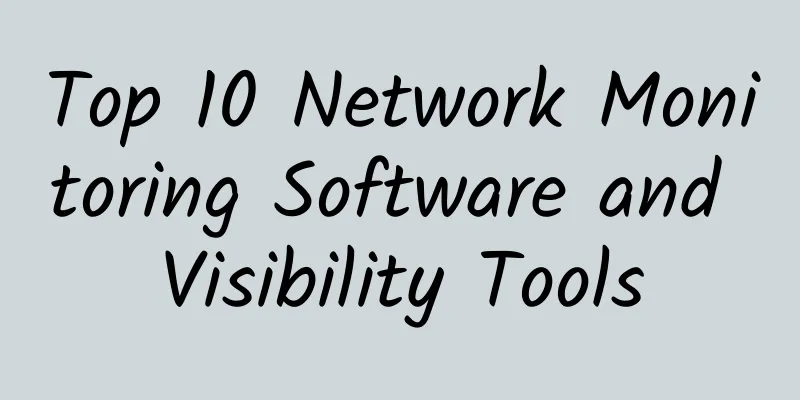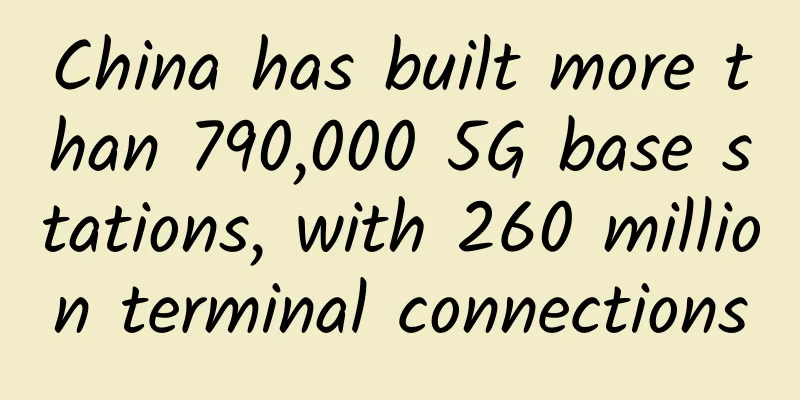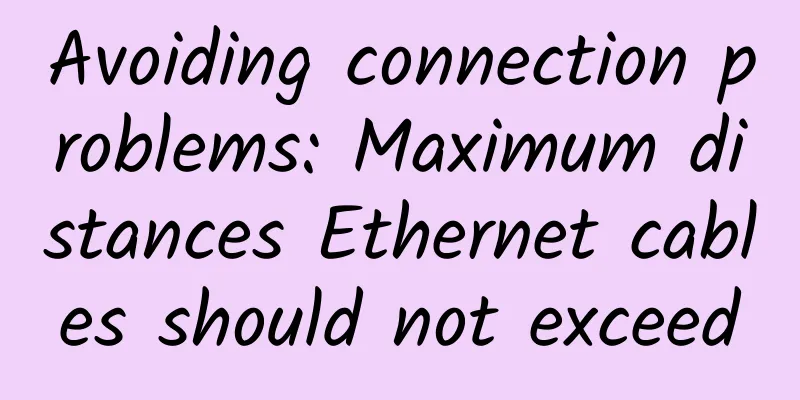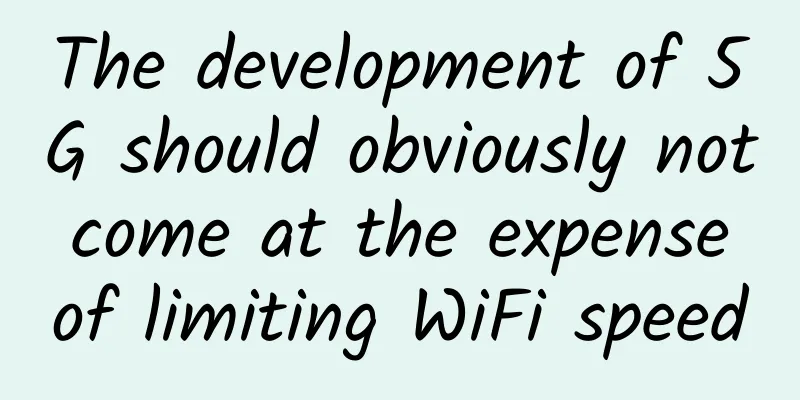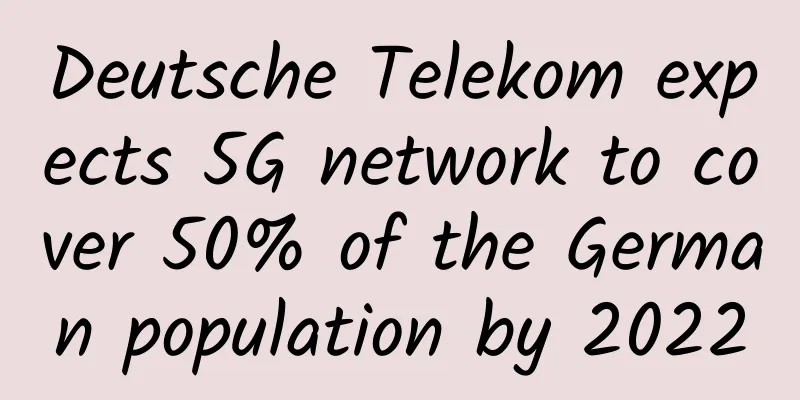Who will shoulder the responsibility of making money from 5G? Although first class is expensive, total revenue still depends on economy class

|
5G brings a large number of new products and services to the consumer and industry markets. Network slicing is one of the high-value products. It has become a consensus that network slicing is an important tool to bring new revenue to communication operators in the 5G era. However, high-value products do not mean that they can change the structure of the overall revenue of 5G network services. As a "luxury" product, although network slicing will bring higher marginal benefits, most of the 5G revenue still needs to be supported by "inclusive" products that almost all users can afford. Network slicing, a "luxury" service It is undeniable that network slicing is a major innovation in 5G technology, which enables mobile communication networks to provide a powerful means of enabling digital applications in key industries. Especially in some critical industry applications that require high reliability and high security, network slicing can bring the same level of security and isolation as "private networks", but compared with enterprises building their own "private networks", its cost is greatly reduced. However, we should note that applications with rigid demand for network slicing are applications in related industries that have special requirements for reliability, security, latency and other indicators. Network slicing is a must to ensure these critical businesses. For each industry in the national economy, the ratio of "special" requirements to universal requirements should be relatively low, and it is impossible to be a normalized demand for the entire industry. In most cases, the requirements of specificity and customization are two sides of the same coin as the cost. In many scenarios with strong deterministic requirements for mobile communication networks, network slicing provides a service experience that requires a private network to solve, but the number of scenarios that require a private network is not large. Although the cost of slicing is much lower than that of a private network, it is a customized service after all, and it must be a "luxury" option for users. This is like some overseas airlines launching luxurious first-class suites on their flights to attract some customers who have certain needs for private jets but have limited ability to pay. However, for most passengers, this first-class suite may not be available to them for a lifetime. A large number of scenarios in the digital transformation of thousands of industries in the national economy require the use of 5G communications, but the first consideration is one's own ability to pay. Highly reliable services also mean high prices, and demand is also limited. Let's take road traffic as an example. The lanes provided by road operators are still general lanes for most vehicles and most of the time. They only provide special lanes for special vehicles such as buses, ambulances, and rescue vehicles. There is no need to provide dedicated lanes for every vehicle. Similarly, although in theory 5G networks can provide customized network slicing services for each application and each terminal, doing so seems to be too costly and has little practical significance.
For operators, equipment manufacturers and other suppliers, network slicing is also a "luxury" option because it requires them to invest more high-quality resources. Although network slicing uses virtualization technology to tailor and customize network functions, manage and orchestrate network resources, and form multiple independent virtual networks, providing "isolated" network environments and on-demand customized networks for different industry application scenarios, each slice is performed on the same physical network, and virtualized slicing is limited by the abundance of resources, such as radio spectrum, network capacity, processor power and other physical resources are limited. To a certain extent, network slicing actually takes up limited scarce resources first, and the resources left for the public business part are even more limited. Take the supply of wireless access network slices as an example. In order to ensure the user slice experience, operators need to allocate a certain proportion of wireless resources for important customers' slices. Slice users can enjoy these resources exclusively. In order to meet the higher requirements of some industry customers, operators even need to divide certain spectrum resources for customized slices to achieve hard isolation. Although the utilization rate of these physical resources has been greatly improved through virtualization technology compared with previous mobile communication technologies, for the supplier, it still gives priority to the use of high-quality resources, making network slicing a "luxury" service for operators. Therefore, it cannot be provided at a low price and the supply is limited. Although "first class" is expensive, most of the revenue comes from "economy class" Since it is a "luxury" business, some people may think of the "80/20 rule", that is, 20% of high-value business brings 80% of revenue, and 20% of medium and low-value business brings 20% of revenue. However, as mentioned in the previous section, the limited supply and demand cannot produce a similar "80/20 rule". Just like the revenue of an airline, although the price of first-class and business-class seats on each flight is several times that of economy class, the supply and demand are very limited. In the end, the vast majority of the revenue of each flight still comes from the low-value and large-volume economy class. The communications industry is an industry with typical scale economy characteristics. In the past, the demographic dividend played a huge role, and the huge population base brought hundreds of billions of yuan in revenue to operators every year. Of course, with the saturation of the demographic dividend, operators are more likely to explore the government and enterprise market, especially 5G, which is expected to empower various industries in the national economy, and this aspect still has obvious scale economy characteristics. According to data from the National Bureau of Statistics, as of the end of 2017, the number of various types of enterprises, institutions and government legal entities in the country exceeded 18 million, and these 18 million units constituted the base of the 5G empowerment government and enterprise market. Whether it is for consumers or for the government and enterprise industry, do high-value services constitute a large share of operators' revenue? Let's examine the revenue structure of operators in the past. From the perspective of the consumer market, telecom operators will classify and grade mobile phone customers. Many years ago, I participated in a part of a high-value customer stratification service consulting project for a certain operator. Generally, a customer value function is constructed through quantitative indicators such as mobile phone customers' revenue contribution, online market, and tariff structure to judge the different value levels of customers. From the data analysis, the customer level presents a pyramid structure, but the income structure does not present an inverted pyramid structure, but the pyramid structure has changed. In the figure, category A is the customer who subscribes to higher tariffs, followed by category B, and category C is the lowest. Although high-value customers have higher individual revenues and the share of revenue brought by this group is higher than the share of their number, in the mobile communications industry, an industry with obvious economies of scale, most of the revenue still comes from low-value customers. Of course, operators will provide various priority value-added services for high-value customers to ensure the stickiness of these groups. For government and enterprise customers, we can also examine the share of revenue generated by high-value services. An analogy to network slicing is the dedicated line products that operators provide to government and enterprise customers. Although dedicated lines are also channel services, they provide special protection for customers and thus generate higher revenue. From China Mobile's 2018 annual performance report, we can see that China Mobile's total revenue from the government and enterprise market exceeded 72.5 billion yuan, and the revenue from the high-value service of private lines was 18.03 billion yuan, accounting for nearly 25% of the total revenue of the government and enterprise market. China Mobile's government and enterprise market products are very rich, serving more than 7 million government and enterprise customers. It is unknown how many customers choose private lines, but this high-value service does not constitute a large share of revenue. Most government and enterprise customers do not necessarily have the ability and willingness to pay for private lines, but they are able to pay for other low-priced government and enterprise products. Similar to network slicing, this product will also become a high-value product in the operator's product list in the future. Of course, considering the limited supply and demand of this product, although it brings high value-added, it may not necessarily account for the majority of the operator's revenue. 5G revenue growth also requires diversified and rich products Theoretically, although 5G network slicing can provide users with higher communication guarantees, it is still a pipeline service, a more intelligent pipeline. As analyzed in the previous section, 5G has become the infrastructure for the digital transformation of various industries in the national economy. Providing high-value products to only a few users cannot form a sustained growth in the overall revenue of 5G. While providing high-value products, it is also necessary to provide a very rich product form to benefit all potential 5G users, so that most users can afford it and form an overall revenue growth through economies of scale. Enriching 5G's "inclusive" products not only increases the number of products that can benefit most users, but also expands the user groups that existing products can cover. From this perspective, grading some high-value products at different granularities and allowing high-value products to form some "low-end" versions will further expand the number of users. As for network slicing, an article titled "Understanding Network Slicing in One Article" published by SDNLAB mentioned that the granularity of network slicing is divided into six levels from L0 to L5 according to the degree of network isolation. When the service requirements for network QoS (quality of service) are relatively low, shared network resources (L5 granularity) will bring higher cost-effectiveness to operators; when high QoS service guarantee requirements are required, it is necessary to gradually evolve to a slicing strategy with L0 granularity to obtain higher performance guarantees. It can be seen that the more slice levels that share network resources, the lower the cost and the more users that can be covered. The industry is exploring diversified business models for network slicing, such as B2B, B2C, B2B2B, and B2B2C. These business models are also facing various groups with different requirements for 5G network certainty. Combined with the network slicing levels, a large number of differentiated slice products are formed, expanding the source of income. For example, in the B2C model, some gamers can subscribe to network slicing services to ensure smooth cloud gaming and sports enthusiasts can subscribe to network slicing services to ensure smooth VR viewing. However, the slices they subscribe to do not require high-performance levels dedicated to all resources. Low-cost shared resource slicing would be a better choice. Similar services occupy fewer resources and have a larger audience, which can form a certain scale effect and have the characteristics of "quasi-inclusive" products. In the B2B model, for the precise load control scenarios of the power grid, the requirements for reliability and business isolation are very high, and L0-level high-performance slices may be ordered. Similar services need to occupy more priority resources and have a smaller audience, so they are typical high-value products. In summary, 5G network slicing is a technical means for industry applications, but not every industry application must use network slicing. Therefore, 5G network slicing and 5G empowerment of the industry are not equal, so there is no need to exaggerate the commercial value of network slicing. The overall benefits of 5G are supported by a large number of products. We will have to wait and see how great the demand for network slicing is. |
<<: I haven’t heard any news about 5G for a long time. Is the enthusiasm starting to fade?
>>: Ping is often used in the network. Teach you how to detect the three-layer network at one time
Recommend
Bluetooth: "You have joined the group chat"
Have you ever wondered how mobile phones, headpho...
Looking back at the shadows that 2G brought to us in those years
[[247708]] Image source: Visual China There is no...
Operators' 5G services are now available? Don't be fooled!
Some operators have already started running befor...
Don't be afraid of DNS interview questions anymore: experts use 1 big picture and 9 steps to easily deal with them
[[319621]] [51CTO.com original article] It's ...
iPerf3 Tutorial: The Ultimate Tool for Easily Evaluating Network Performance
1. Introduction to iPerf3 iPerf3 is a widely used...
Big data industry is a new trend. What are the advantages of operators?
The big data industry is a strategic emerging ind...
10gbiz: Los Angeles CN2/Hong Kong CIA data center VPS monthly payment starts from $2.75
10gbiz has launched a promotion this month, offer...
RAKsmart: US VPS starting from $1.99 per month, supports Windows, optional premium network/mainland optimization
I have shared information about RAKsmart many tim...
How to increase the speed of the router
[[183829]] How to increase the speed of the route...
Seize the critical period for large-scale application of 5G
As of the end of April, more than 1.6 million 5G ...
Research on 4G network coverage quality assessment method in rural areas
Labs Guide The analysis of 4G coverage quality in...
What exactly are we talking about when we talk about AI? The answer is in Huawei's "Friends Circle" on March 21!
[51CTO.com original article] The topic of AI has ...
Juniper Networks focuses on AI technology to fight the epidemic
With the advent of the "post-epidemic era&qu...
DMIT: $6.9/month-750MB/10G SSD/2TB/Hong Kong & Japan data centers
It has been a while since I shared information ab...
An article to reveal the hot and cold knowledge of SRv6, the "newcomer" of the network
IPv6, the "Speed and Furious" of Next...



